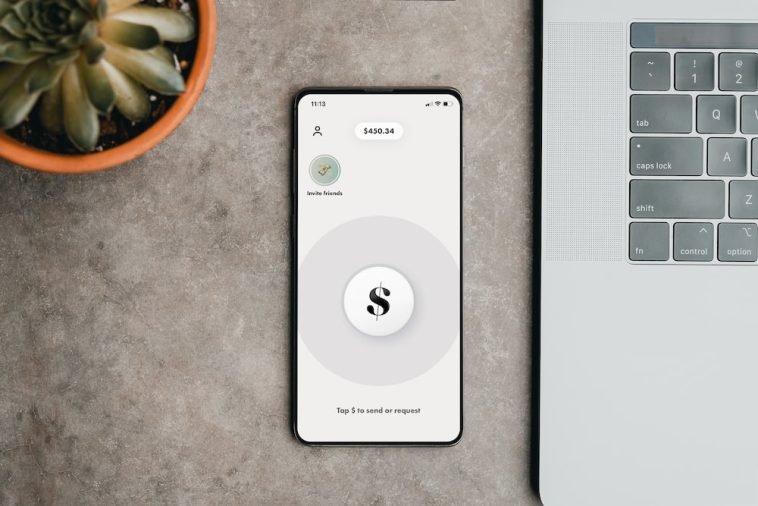Introduction.
Facebook isn’t just for staying in touch with friends or scrolling through cat memes anymore—it’s a powerful platform for businesses, especially in the fintech space.
If you’re running a fintech business, Facebook is an incredible tool to reach new customers, build trust, and grow your brand. But you might be wondering, how exactly do you use Facebook to grow your business?
Well, you’re in the right place. In this article, I’m going to walk you through practical steps to leverage Facebook for your fintech business.
From setting up your page to engaging with your audience and running ads, I’ll cover everything you need to know. Plus, I’ll answer some common questions that might pop up along the way.
Let’s dive in!
Why Facebook Is Essential for Fintech Businesses
First, let’s talk about why Facebook is such a big deal for fintech companies. With over 2.9 billion monthly active users worldwide, Facebook is one of the largest platforms for reaching people of all ages and backgrounds
. It’s a place where businesses can connect with a vast audience—and that means a lot of potential customers for you.
Facebook’s advertising system is also a game-changer for targeting. You can reach people based on their interests, location, job title, and even their behavior online.
This level of targeting means you can get your fintech services in front of the right people at the right time.
And then there’s the opportunity to build relationships. Facebook allows you to directly engage with your audience in a way that’s personal and immediate.
Whether it’s responding to comments, joining conversations, or offering support, your presence can make a real impact.
How Do I Grow My Fintech Business on Facebook?
1. Setting Up Your Facebook Business Page.
Before anything else, you need to make sure your Facebook Business Page is set up correctly. It’s your brand’s home on Facebook, so let’s make it shine.
- Profile and Cover Photos: These are the first things people see when they visit your page, so make sure they’re high-quality and represent your brand well. Use your company logo as your profile photo and your cover photo can showcase your services or an eye-catching promotion.
- About Section: Don’t leave this empty! This is where you tell visitors who you are, what your business offers, and why they should care. Keep it clear and concise. You can also add contact info and a link to your website.
- Call to Action (CTA): Facebook allows you to set a CTA button on your page. Whether you want people to “Contact You,” “Learn More,” or “Sign Up,” this button should lead them to the next step in their journey with your business.
2. Content Is King (Or Queen).
Now that your page is set up, the next step is to create content that will attract and engage your audience.
For fintech businesses, the goal is to educate, inform, and build trust. People are more likely to use your services if they believe you know your stuff.
Here are a few content ideas to get you started:
- Educational Posts: Share tips on personal finance, investing, or how your fintech solution can help with everyday money management. Posts that solve problems are always well-received.
- Customer Stories and Testimonials: Let your satisfied customers speak for you. Sharing stories about how your service has helped others builds trust.
- Industry News and Updates: The fintech space is always changing. Stay up-to-date on trends and share news with your followers to position yourself as an authority in the field.
- Videos: Short videos explaining your services or giving financial advice are great for engagement. Facebook’s algorithm loves video content, and people love watching something over reading.
3. Building a Community.
One of the best ways to grow your fintech business on Facebook is by building a community. People are looking for more than just products—they want to connect with brands that understand their needs and offer real value.
Create a Facebook Group where you can engage with your audience on a deeper level. This can be a space for your customers and potential clients to share their thoughts, ask questions, and learn from each other.
You can offer exclusive content, answer questions, and build a loyal following in the group. Plus, Facebook Groups have higher engagement rates compared to regular posts, so it’s a great way to increase visibility.
4. Using Facebook Ads to Reach More People.
Once you have some content and a following, Facebook ads can help you scale your business and reach more of the right people.
Facebook’s ad platform allows you to create highly-targeted ads based on demographics, interests, behaviours, and even financial habits.
You don’t need a huge budget to get started with Facebook ads, either. You can start with a small daily budget and test different ad formats to see what works best for your business.
Types of Facebook Ads to Try:
- Lead Generation Ads: Perfect for fintech companies looking to collect leads directly on Facebook. You can offer a free e-book or webinar in exchange for contact details.
- Video Ads: If you’ve got some engaging videos about your services, these ads can be highly effective in catching people’s attention.
- Carousel Ads: Show multiple services or features of your fintech product in one ad with a swipeable carousel.
Pro Tip: Always monitor your ad performance. Facebook provides detailed analytics so you can tweak your campaigns for the best results.
5. Engaging with Your Audience.
Engagement is key on Facebook. It’s not just about posting content and hoping for the best—it’s about starting conversations and building relationships. Here’s how you can keep the engagement going:
- Respond to Comments: Don’t just post and disappear. Respond to questions and comments quickly. It shows your audience that you care and are there to help.
- Use Polls and Questions: People love sharing their opinions. Use Facebook’s poll feature or ask questions in your posts to spark conversation and get feedback.
- Run Contests and Giveaways: Everyone loves a freebie! Running a contest or giveaway can help increase your reach and give people an incentive to engage with your page.
6. Tracking Your Results.
Like any business strategy, it’s important to track your results and see what’s working. Facebook offers a powerful set of tools to measure engagement, reach, and conversions.
Use Facebook Insights to check how well your posts and ads are performing. You can see which content is getting the most engagement, how many people are clicking on your CTA buttons, and more. This data is crucial to improving your strategy over time.
FAQs
Q: How much should I spend on Facebook ads?
A: It depends on your goals and budget. Start small, maybe $5 to $10 a day, and test different ads. Once you find what works, you can scale up.
Q: Can I use Facebook to target high-net-worth individuals?
A: Yes, Facebook’s ad targeting allows you to reach people based on their interests and behaviors, including financial interests.
Q: How often should I post on Facebook?
A: Aim for at least 3-5 posts per week to keep your audience engaged without overwhelming them. Quality matters more than quantity.
Q: Should I use paid ads or organic posts?
A: A mix of both is ideal. Organic posts help build a community, while paid ads can accelerate your growth and help you reach new customers faster.
Conclusion
Growing your fintech business on Facebook is all about creating a strong online presence, engaging with your audience, and using the platform’s tools to your advantage.
It’s not a get-rich-quick strategy, but with consistency and a clear plan, you can build a loyal community, gain new customers, and increase your business’s visibility.
So, what are you waiting for? Have you started using Facebook to grow your fintech business yet, or are you ready to dive in and give it a try?





GIPHY App Key not set. Please check settings